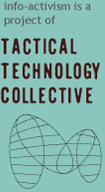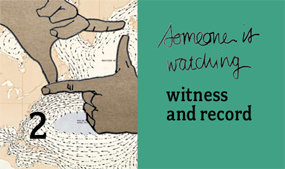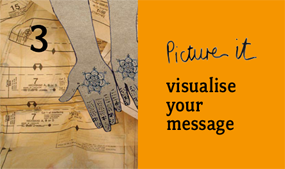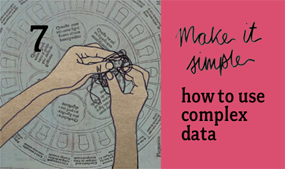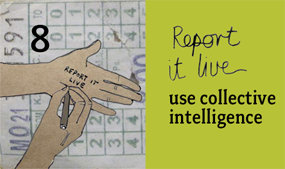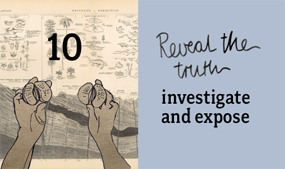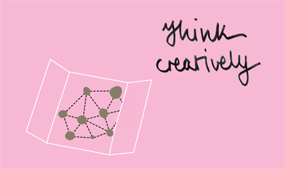Wanting to raise public interest around the funding crisis for health in Sub-Saharan Africa and extend their support base to a young audience who would mobilise around this issue, ARASA turned to creative campaign tactics. Inspired by the correlation between excessive government spending on personal luxuries, like birthday parties and flash cars, and the “bling culture” of hip-hop and rap artists, ARASA created a mock music video, “Lords of the Bling”.
Although the online distribution of this video has been a part of this campaign's outreach, a large portion of their audience have no access to internet, says Paula Akugizibwe, ARASA's HIV/TB Treatment Literacy Co-ordinator. One innovative way ARASA reached people in South African townships, Langa and Khayalitsha, was to create a moving cinema. They erected a screen on the back of a flat-bed truck, loaned to them, and drove around creating impromptu screenings in these communities.
Whenever the video is shown, doctored dollar bills Paula describes as “mini fact-sheets”, are also distributed. The dollar bills have been a huge success, Paula explains, mainly because they are easy to localise with new information according to which country they are being distributed in. They also provide an easy way for people, who are not directly involved in the campaign, to contribute in some way, for example the popular South African band, 340ml threw them into the audience at their concert in Johannesburg.

The third arm of the campaign is, according to Paula, ARASA's “greatest prop”, a giant inflatable eyeball which accompanies advocates to various events, and represents the advocates' “watch” over authorities. Since its popularity offline, ARASA has transformed the eyeball into the Facebook persona, Eye-Spy. Eye-Spy tattles on government spending and encourages Facebook friends to become “spies” too and post news and information related to the funding crisis. Paula has found that is a very easy way to activate usually non-political people to engage in this awareness-raising activity.
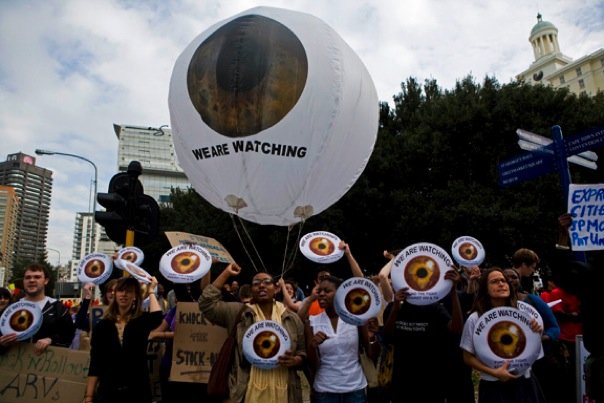
Looking back on the success of the campaign, Paula says that bringing creativity to traditional advocacy requires great courage.She recalls preparing to present the campaign after four scientists had presented their data at the press conference for the International Aids Society last year,. “There I was with my gangster-rap video and dollar bills and I really second guessed myself,” she said. But she is confident “the message got through in a much stronger way than it would have if I had stood up there and said exactly the same thing with a Powerpoint and a speech.”
TOOLS USED: Facebook, Youtube, professional video editing software
REACH: Zambia, South Africa, Malawi, Swaziland and Botswana; ARASA is looking to expand globally.
COST: USD$ 1380 for the filming and editing of the second video, USD$ 215 for the inflatable eye, USD$ 60 for the design of the dollar bills, USD$ 500 for every batch of 12 000 dollar bills printed, ongoing staff costs.
RESOURCES: 9 organisations in Southern Africa who jointly manage the campaign and a network of around 49 partner organisations who help implement it in their respective countries. Interns sponsored by OSI to develop the online side of the campaign. TIME: 6 months to plan and execute the three different branches of the campaign
LEVEL OF DIFFICULTY: 3 out of 5
LINKS TO LEARN MORE: Campaign page Eye-Spy on Facebook
Images: (1) The dollar bill for Swaziland (2) Eye-Spy at a rally in Cape Town, South Africa. Source: Veronica Cecil, on Eye-Spy Facebook profile.

